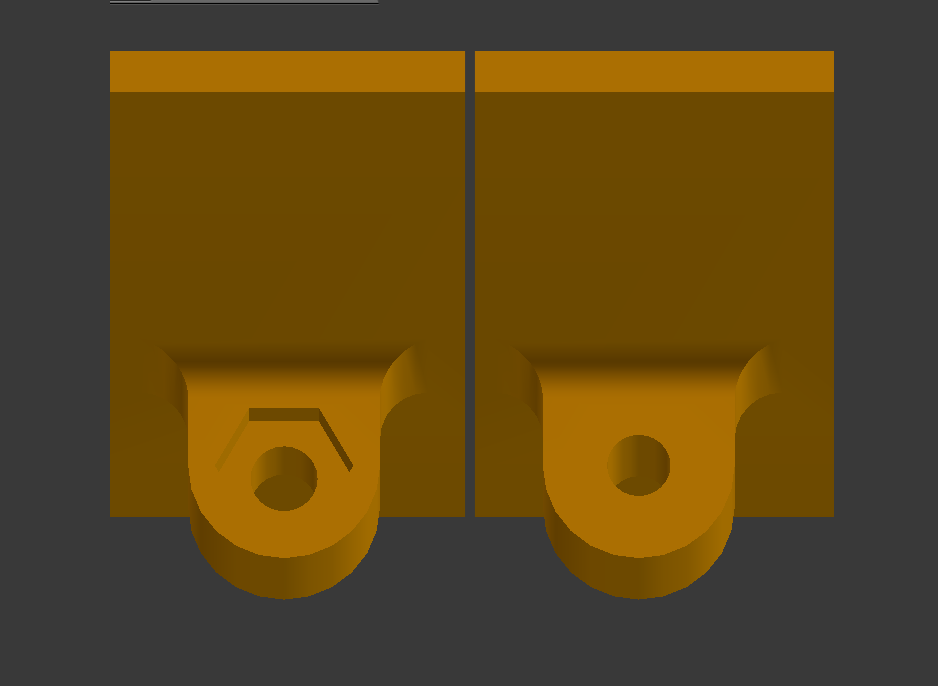-
Improvements to the 3D files
06/11/2017 at 12:43 • 0 commentsRecently, we had a great opportunity to test our equipment, a local skate event "Panonian challenge". Many people connected to our network at the same time is a great environment for testing.
This meant that we had to make lot's of devices, and once you start making them in larger amounts, you tend to notice things that impede your workflow.
During assembly, we noticed that some parts had a too tight fit, that made the devices tricky to assemble at times due to relatively low tolerances of our 3D printers.
We also performed maintenance on a few devices that were out in the field for a few months, and noticed that the glue that was holding them in place did not held up as expected, so we had to implement some minor design changes there as well.![]()
These nuts tended to fall out of their place once the glue lost it's properties, so we chose to tighten our bolts directly in the plastic.
Our technique of rapid prototyping allowed us to detect and eliminate the issues and test the solution in less than a day!
These improvements, each on it's own, don't seem significant, but they add up, and result in a much better experience. -
Migration to LEDE platform
06/10/2017 at 22:47 • 0 commentsMeshpoint has been using OpenWRT as firmware from beginning thanks to open source nature of OpenWRT.
Unfortunately development on OpenWRT has been slowed for over a year and since then a lot has changed. So we needed newer solution that was open source and will provide us with improvements. We found that in LEDE Project, an open source fork of OpenWRT that is developing rapidly and offer a number of improvements over OpenWRT.
Some of the changes are:
- Move from Linux kernel 3.18 to much newer and stable kernel 4.4.61
- Many drivers are updated and more stable
- Packages are updated and offer more features
- Lot of security issues have been fixed
Biggest improvement and main reason for move to LEDE Project was introduction of Airtime fairness feature.
In a typical conference room style environment someone could be using a old laptop with 802.11g standard while rest of the crowd is on newer 802.11n standard laptops or tablets.By the laws of Physics, slow devices take relatively longer times to transmit and receive data compared to faster and newer devices. This gives less time to faster devices and disproportionately longer times to slow transmitting devices. Similar behaviors in air time can be observed if a device is farther away from an access point relative to other clients or if many client are connected to the same access point.
That way newer and faster devices get lower speeds. This behavior is not present in home networks due to small distances and small number of connected devices.
To solve that and enable faster device to achieve higher speeds we use Airtime Fairness.
Airtime Fairness gives equal amounts of time they can transmit or receive data to each client regardless of its theoretical data rate. This will ensure higher download speeds to faster devices and also makes sure that when larger number of clients is connected one cannot use all of the bandwidth.
MeshPoint - wifi router for humanitarian crisis
Autonomous, smart, wifi mesh router which is easy to use by humanitarian NGO first responders during humanitarian or natural disasters.
 Valent Turkovic
Valent Turkovic